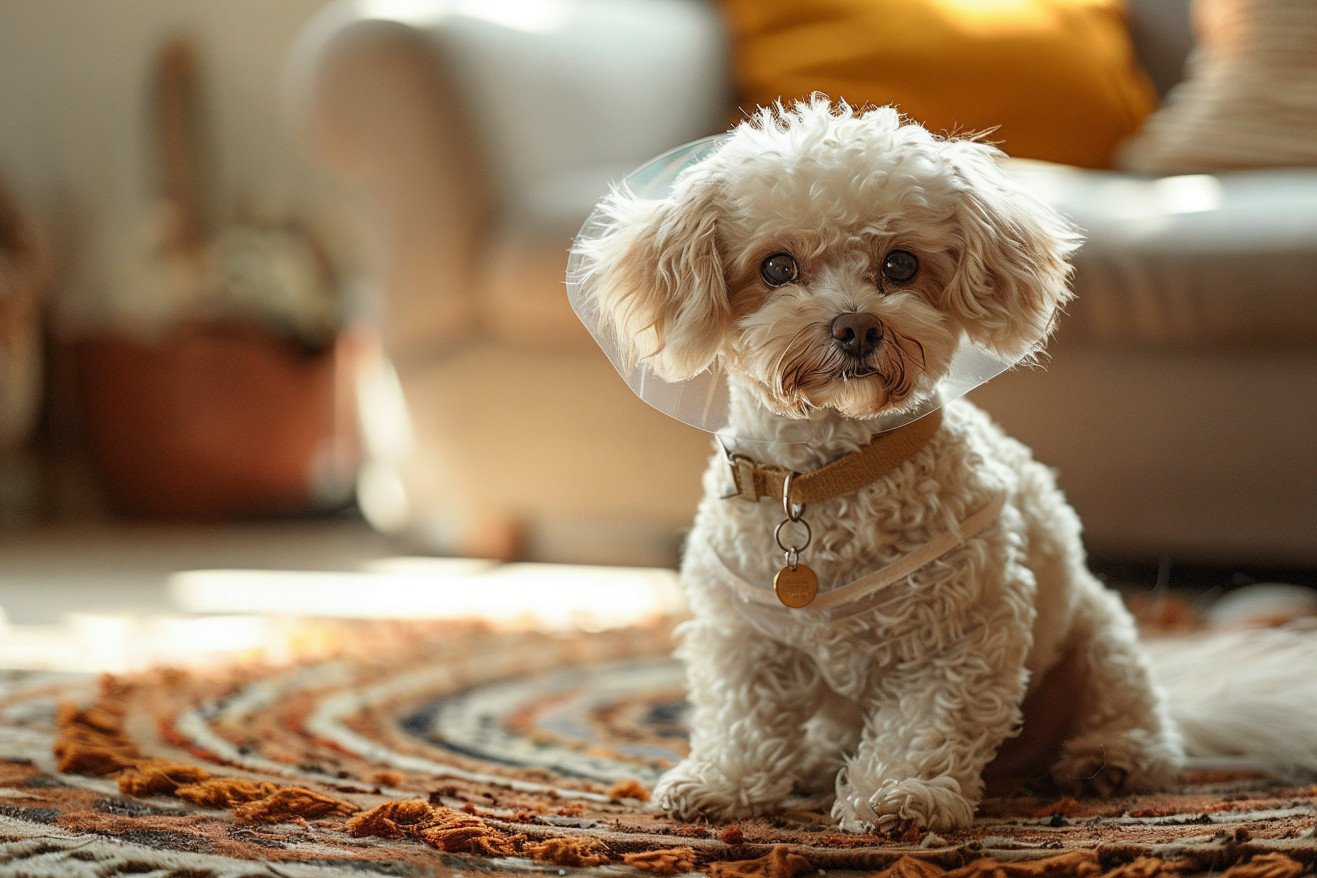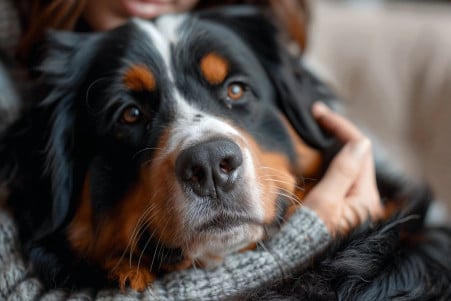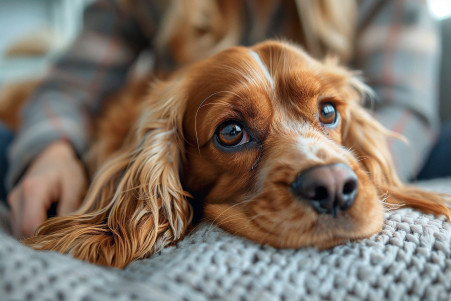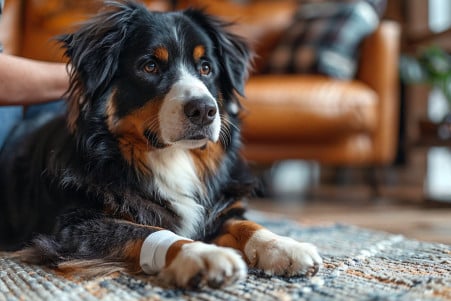When Can the Cone Come Off? Removing a Dog's Elizabethan Collar
17 April 2024 • Updated 16 April 2024

As helpful as the cone of shame can be in keeping your dog safe post-surgery or after an injury, many pet parents are eager to know when they can take it off and get their furry friend back to their normal routine. The general recommendation is to keep the cone on your dog for 7-14 days after surgery, depending on your vet's advice and how well the incision is healing. Do not remove the cone too early, as dogs can easily re-open wounds by licking, scratching, or rubbing at the area.
To offer a comprehensive answer to this popular pet care question, we've compiled information from a range of veterinary sources and pet health sites. Their articles and tips provide valuable information on the average time it takes for wounds to heal, the signs that a wound is healing properly, and the best way to wean your dog off their cone after surgery or an injury. With a better understanding of why the cone is necessary and when you can finally take it off, you can help your dog recover safely and comfortably.
When can I take the cone off my dog after surgery?
Typical Cone Durations for Standard Surgeries
For standard surgeries like spaying and neutering, veterinary professionals typically suggest keeping the cone on for 10-14 days to ensure the surgical incision is completely healed. The cone should be worn until after any stitches or staples have been removed, which will depend on your vet's instructions.
Although you may be able to take the cone off for short periods with supervision after 5 days, most vets recommend keeping the cone on 24/7 for the majority of the healing period. Healing times can be different for each dog and depend on factors like age, health, and any complications that may occur after the surgery, so it's important to follow your vet's instructions closely.
The good news is that most dogs can sleep with the cone on with some adjustments. However, you may need to take the cone off during meal times to make it easier for your dog to eat and drink. Just make sure to supervise them and put the cone back on as soon as they're done to prevent them from licking or chewing the incision. If you follow the vet's recommendation for how long to keep the cone on, you'll help ensure your dog has a safe and successful recovery.
How to Tell If the Incision Is Healing Properly and When to Remove the Cone
Keeping an eye on your dog's incision is the best way to tell if it's healing properly and if it's time to remove the cone. The Chappelle Veterinary Clinic explains that signs of normal healing include minimal swelling, no discharge or redness, and the edges of the incision coming together. Some swelling and bruising in the first 48 hours is normal, but if you notice more swelling, discharge, or your dog has a fever, it could be a sign of infection.
The Ontario SPCA and Humane Society says that if you notice any of these signs, you should contact your vet right away, as they can help you determine if it's time to remove the cone. Typically, stitches or staples are removed 10-14 days after surgery, and the cone can be removed at this time if the incision has healed.
By keeping a close eye on the incision and following your vet's advice, you can help ensure that your dog has a safe and successful recovery. Before you know it, your dog will be back to their old, cone-free self.
How to Get Your Dog Used to Wearing the Cone
While some dogs may have a hard time adjusting to the cone, there are ways to help them get used to it over time. The Honest Kitchen suggests leaving the cone out with treats around it to encourage your dog to explore and sniff it. Once they are comfortable with the cone, you can put treats inside it to help them get used to sticking their head in the cone.
The Ethos Veterinary Health blog recommends holding the cone and having your dog reach their head inside to get treats, gradually increasing the distance over time. It's important to take your time and not push your dog too far too fast if they become anxious.
Although there are alternative cone options, such as soft or inflatable collars, Fetch's on-staff veterinarian Dr. Aliya McCullough says that these options require close supervision. It's also important to follow your vet's instructions to ensure your dog's safety and recovery.
With time and training, most dogs can get used to wearing a cone for the recommended amount of time. By slowly acclimating your dog to the cone, you can help them get through this temporary inconvenience with as little stress as possible.
Make Sure to Secure the Cone Properly
In addition to the above, it's important to make sure that the cone is properly secured to your dog. This can help prevent your dog from removing the cone themselves, which can lead to complications in their recovery.
In addition to securing the cone, it's important to make sure that your dog is comfortable while wearing it. This can include adding padding to the edges of the cone to prevent irritation and using your dog's regular collar to secure the cone, which may be more comfortable than the cone's built-in straps, according to Fetch's on-staff veterinarian Dr. Aliya McCullough.
In general, you should always follow your veterinarian's specific instructions when it comes to securing the cone to your dog. This can help ensure that your dog is comfortable and that the cone is properly secured.
Conclusion: How to Help Your Dog Recover Safely and Comfortably
It's important to make sure you're following your vet's specific instructions about when and how long your dog should wear the cone, as the length of time it takes for them to heal can vary. It's also important to make sure you know what to look for in terms of signs of healing, such as minimal swelling and no discharge, before you consider taking the cone off.
With some patience and a few adjustments around the house, you can help your dog feel more comfortable while they're wearing the cone. It's also important to remember that the cone is there for a reason, and that it's important to make sure your dog is wearing it for the full length of time that your vet recommends.
By staying on top of things and checking in with your vet, you can help your dog get back to their normal routine safely and comfortably once the time comes for them to take their cone off.


